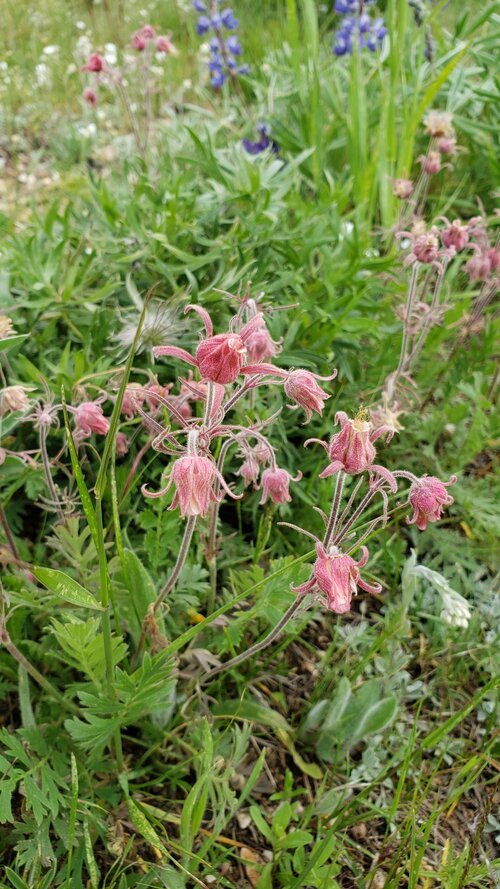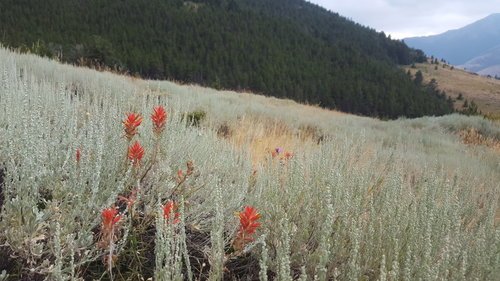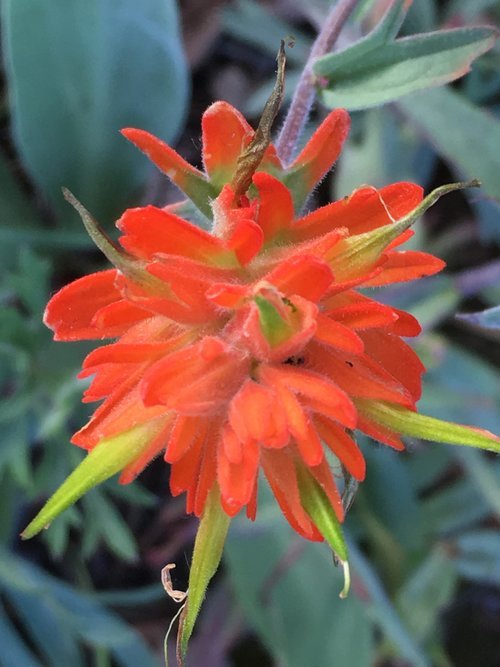Flora of the Bighorn Basin
Whether we’re out prospecting in the field or relaxing back at camp after a long day of digging up dinosaurs, the beautiful and fascinating modern flora and fauna of the Bighorn Basin are always there to enjoy! Here are just a few of the many plants we’ve spotted during our field trips:
Blanket Flower (Gaillardia aristata)
These tall, fuzzy flowers are found across the western United States. They are of special value to their ecosystems because they attract native bees as pollinators!
Daisy (Erigeron sp.)
This genus of daisies includes over 400 known species! They can be found across the continent from the gardens of Philadelphia to the mountains of Montana.
Great Mullein (Verbascum thapsus)
This impressive plant was introduced to North America in the 18th century and is now found across the United States. Its durable seeds are capable of germinating after 100 years and some seeds have been found fossilized in Pleistocene rocks in Britain!
Plains Prickly Pear Cactus (Opuntia polycantha)
These common cacti are edible, but only if you can avoid their spikes! They have small, hair-like spines called glochids that cause serious skin irritation in humans. You’ve also got to be careful where you sit down in the basin with these pointy little plants around.
Prairie Smoke (Geum triflorum)
Also known as “Old Man’s Whiskers”, this flower grows across the western and midwestern United States. It gets its unusual name from the wispy seed heads that grow out of its flowers.
Rocky Mountain Paintbrush (Castilleja covilleana)
Native to Montana, these bright orange flowers decorate the sides of the mountains near our camp and prefer to grow at higher elevations.
Sego Lily (Calochortus nuttallii)
The sego lily grows across several states and was designated the state flower of Utah in 1911. Its bulbs are edible for both humans and plenty of local wildlife like gophers. The name “sego” comes from a Shoshone word for its value as a food source.









